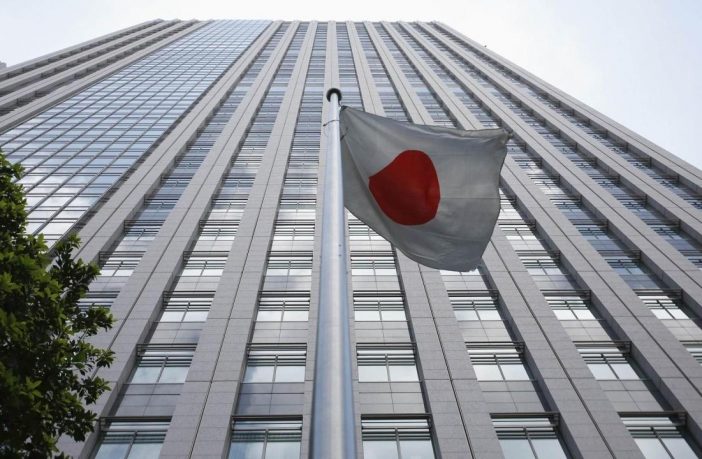Why stimulating economic growth is important for Japan now
The other day the Japanese Prime Minister announced the allocation of funds to stimulate economic growth. The investment will amount to $121 billion. This is the first financing of the segment since 2016.
The state program is designed for 15 months and according to preliminary forecasts, its costs will amount to $121 billion. The money allocated by the government will be used to restore the country’s infrastructure after hurricanes, develop new technologies, social sphere and others.
Japan’s economy has reduced its growth rate over the past year. It is negatively affected by lower supplies to other countries, increased tax duties on sales, hurricanes and heavy rains that swept through the territory. The global processes – slowing down of world GDP – are also reflected in the segment.
In order to support the economy, the Government has introduced incentive measures. The authorities also hope that such actions will help reduce the risk and possible damage in the event of a downturn, which is likely after the Summer Olympics. The latter are scheduled to be held in Tokyo next year.
 The main directions for economic stabilization are recovery, reconstruction and the creation of a system of protection against cataclysms. In addition, measures will be taken to prevent the decline in indicators after the international games. The volume of investments makes practically 1,9 % of GDP of the country. Special attention will be paid to the development of 5G mobile communication technology. USD 2 billion will be allocated for this direction.
The main directions for economic stabilization are recovery, reconstruction and the creation of a system of protection against cataclysms. In addition, measures will be taken to prevent the decline in indicators after the international games. The volume of investments makes practically 1,9 % of GDP of the country. Special attention will be paid to the development of 5G mobile communication technology. USD 2 billion will be allocated for this direction.
In terms of GDP growth rate, Japan is among the top five powers in the world. It is based on the automobile, industry and electronics industries.
The economic model adopted in the country has both positive and negative aspects. Among the first are:
- Development of scientific technologies, thanks to which Japan is a leader in the market of equipment and machinery. The state exports a huge number of instruments and devices for various fields.
- The strategy chosen after the war made it possible to restore the country, to raise the standard of living, making it one of the highest in the world.
- In Japan, the infrastructure is well developed and the authorities pay great attention to this segment, improving transport and roads, providing hospitals, schools and other facilities for comfortable living.
- The peculiarities of the adopted economic model make it possible to regulate and control public debt. The country has established a system for distributing loans among citizens.
- Japan has one of the lowest unemployment rates.
But this method of management has its negative sides. The cost of export goods is high here, and tough competition in the global market often does not benefit Japan, which is forced to reduce its supply. The country also needs a large amount of imported raw materials, the price of which is increasing. In addition, there may be problems with supplies from regions with unstable political situations.




